The trophy hunting paradox
When it comes to wildlife conservation, there is perhaps no greater paradox than trophy hunting as a tool for conservation. The concept of killing an animal to save it is such a dichotomy that it has become a stumbling block for many animal activists and hunters alike. In fact, it is such a controversial subject in Australia that many hunters simply can’t see any good in it. Unfortunately, this has seen many hunters join with the animal rights activists in calling for a ban on trophy hunting – or at least the importation of hunting trophies into Western countries. While this might seem like a win for wildlife, it is a stance that is not backed up by science. Perhaps even more ironically, conservationists and scientists have become the unlikely champions of trophy hunting, writing open letters to governments urging them to ignore the calls for trophy hunting bans. In this article, we look at why Australian hunters struggle with the concept of trophy hunting, as well as the complexities surrounding wildlife conservation and the role trophy hunting plays in improving the plight of threatened species.
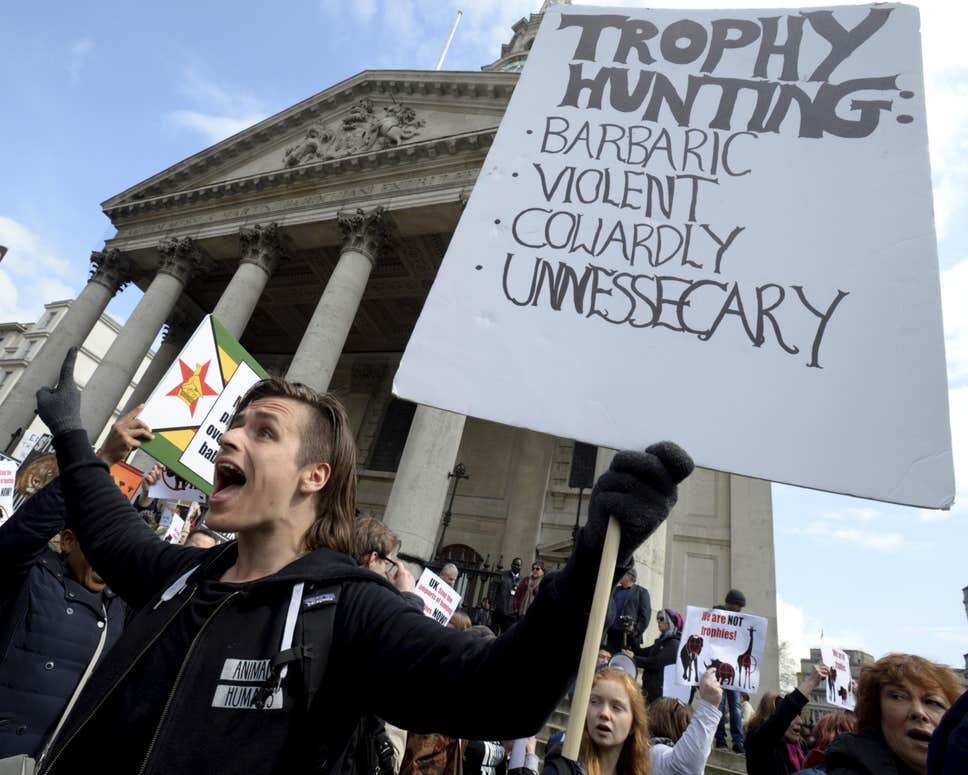
Hunters opposed to hunting
When it comes to trophy hunting, no one is surprised that animal rights activists oppose it. It’s kind of there in the name. In fact, they aren’t just against trophy hunting but any killing of any animal for any reason. They have taken the anthropomorphisation of animals to the next level, believing that animals should be afforded full ‘human’ rights under law.
But this is not an article about activists and why they do what they do. Instead, we want to look at how hunters ended up aligning with their cause.
How did trophy hunting become such a dirty word for many hunters?
Divide and conquer
If you look at the charters and mission statements of any of the animal rights groups, their end goal is so bold and ambitious that you wonder how they could ever successfully achieve it. They don’t just want to stop you eating animals, they want to stop you owning them or utilising them in any way. Even pet ownership is a target in their quest.
Now, if activists were to go direct to their end goal, they would fail spectactuarly, as they would essentially be going head to head with 95% of the world’s population.
Instead, they employ an age old military tactic – they divide and conquer, attacking the fringes rather than facing their enemy head on.
Take hunting for example. They know they can’t take on all hunters at once. There are just too many of us around the world who are still passionately involved in hunting. So they go after niche areas of hunting. Those with less numbers involved.
Over the last few decades, animal rights groups have been incredibly successful at using divide and conquer tactics against a number of hunting groups like pig hunters, hound hunters, duck hunters and trophy hunters.
They paint these pursuits as cruel and anyone who engages in them as neanderthals with a blood lust to kill for the fun of it. They even use our own photographs and videos against us, posting them without context or background to the masses who have never been hunting and are horrified by the bloody reality of it.

Of course, they lull us into a false sense of security, pretending that they consider meat hunting an okay pursuit (when in reality, they hate that just as much).
Unfortunately, so many in the hunting community have fallen for the ruse, believing if they distance themselves from those problem areas of hunting, that the activists will leave them alone. Or they simply don’t have an opinion because it’s not an area of hunting that they themselves pursue so they avoid the topic completely.
By nature, hunters are not confrontational. We would prefer to be out bush enjoying nature than going head to head with angry activists. And while it makes sense that we would avoid confrontation, our passive stance does us no favours in the long run, and will be the death knoll of hunting.
The eradication model vs conservation model
We have spoken extensively about the conservation model of hunting, which has become so prevalent in South Africa and North America.
And yet every single time we post these articles, we get backlash from within the Australian and New Zealand hunting communities.
Why is this?
We truly believe it’s because almost all hunting in Australia and New Zealand is based on an eradication or reduction model of hunting. We are either trying to remove or reduce introduced species, or control overpopulation amongst native species.
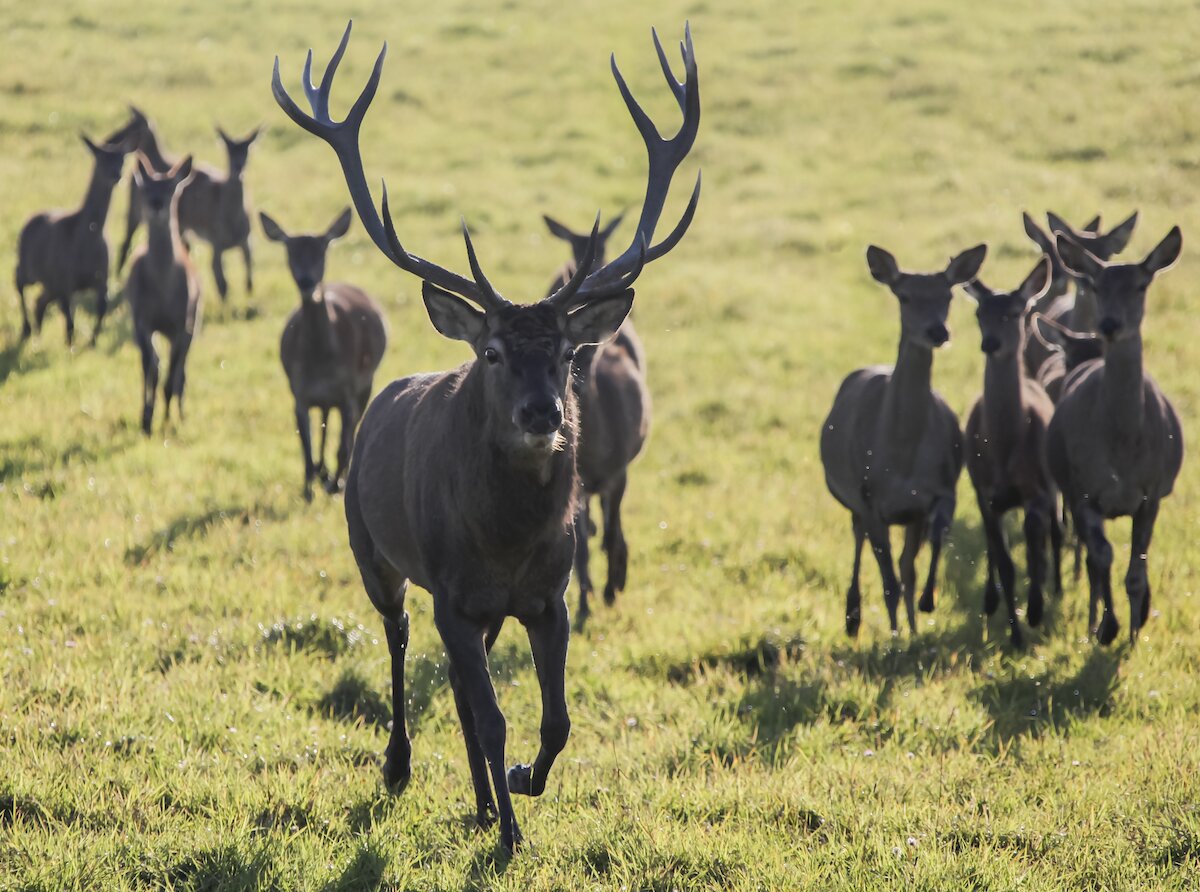
As a result, Australian and New Zealand hunters rarely think of themselves as trophy hunters. They are convinced that their main reason for hunting is either for meat or pest control, even if they keep the antlers too. Antipodean hunters believe they are performing a much needed service to the community, and therefore, nothing like those guys that hunt just for ego or a head on the wall (their words, not ours).
Meat hunting, cultural hunting, pest control hunting and hunting for eradication have been elevated – and in the process, the taking of a trophy has become an abhorrent pursuit.
None of the animals that we hunt are endangered or threatened – at least not in our countries (though there’s an argument to be had that some of them, such as sambar, rusa, hog deer, and tahr are threatened or endangered in their home countries, and therefore should be protected here).
In Australia and New Zealand, we consider deer to be introduced pests – some would even erroneously call them feral. So when we hunt them, we aren’t doing it from a mindset of using hunting to increase their populations.
Out of Africa
It is strange that so many hunters struggle to understand the concept behind conservation hunting when it was the model that recreational hunting was built on.
In America, recreational hunting was used specifically to halt the extinction of some of their most iconic wildlife.
Since recreational hunting was first regulated back in the 1930s, wild turkey populations have increased from 200,000 to more than 7 million, elk herds grew from 41,000 to more than 1 million, whitetail deer went from 500,000 to more than 25 million and bison went from a low of just 1000 to more than 500,000.
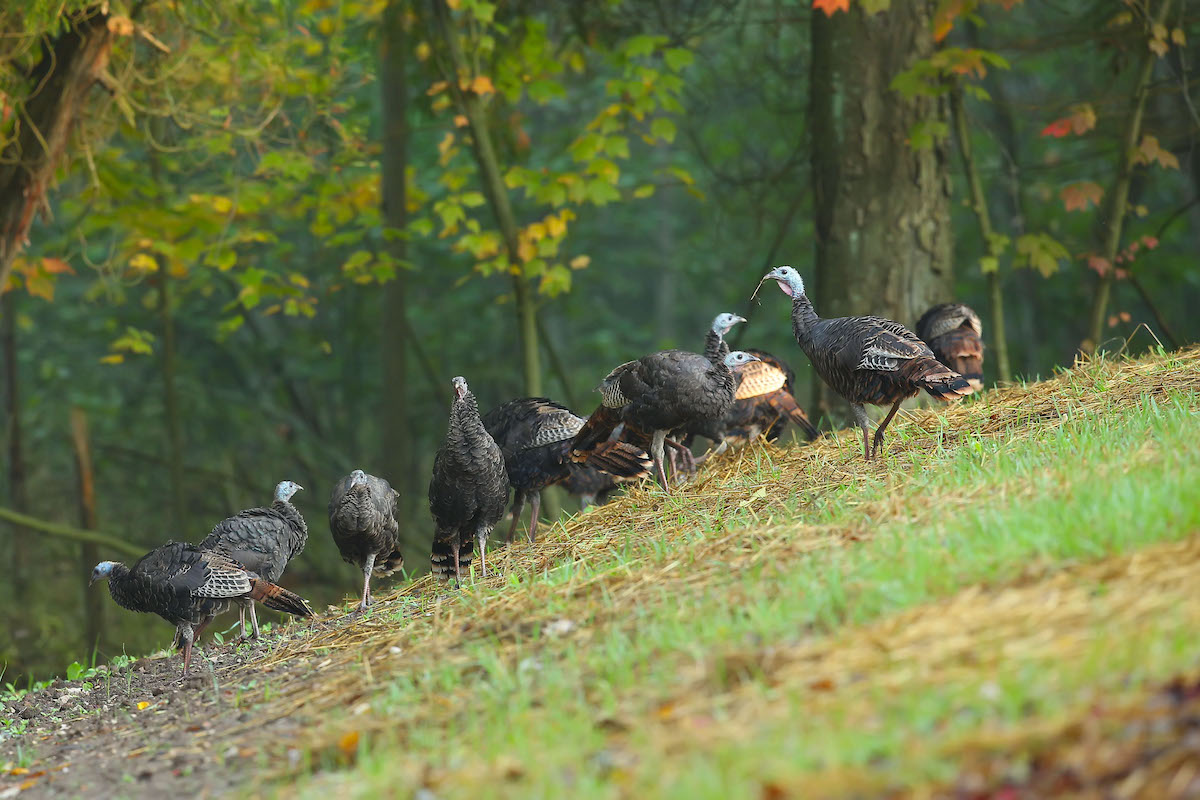
South Africa also saw wildlife numbers increase from a low of 575,000 in 1964 to more than 24 million, with the increase almost entirely due to recreational trophy hunters! The greatest successes have been with species that were once on the brink of extinction – white rhino, black wildebeest, bontebok, sable and roan antelope, and even elephants and lions.
But what about outside of the traditional hunting zones of America and Africa?
How does the conservation model of trophy hunting work with other endangered and threatened animal species?
Let’s take a quick look at the markhor, a species of wild goat that had become critically endangered in Pakistan, Afghanistan, Turkmenistan, Uzbekistan, Tajikistan and northern India.

While some activist groups have tried to blame trophy hunters for their demise, the opposite is actually true, and it is trophy hunting that is being credited for a dramatic increase in their numbers.
Where markhor were once hunted for meat, and as part of pest control by local farmers (who didn’t like them competing with their domestic goats for food sources), these same people now actively protect the herds.
Why? Because instead of viewing them as a pest to be controlled, they are an important source of income for the local community.
Only a handful of tags are released each year, and these can only be used on older males that are past their breeding prime. International hunters pay up to $160,000 for a tag, not to mention money on accommodation, food, guides and porters, as well as local tourism. Remember, these are areas not known for international tourists, and so would not normally have been able to tap into tourism money.
In addition, the locals also receive the meat from the hunt, which goes to feeding the community.
In the last twenty years, markhor numbers have increased from a low of just 2,500 to around 6,000 – and in some areas, their numbers have grown by tenfold. There are similar success stories with ibex and big horn sheep.

But perhaps one of the greatest success stories of trophy hunting markhor has been the return of another critically endangered species – the snow leopard – which has returned to the area due to the increase in its preferred food source.
In our experience, most of the negativity around trophy hunting is less about the death of an animal – since most people can accept local tribes killing those same animals for cultural and food purposes – but more so from a moral objection to money being paid to kill that animal.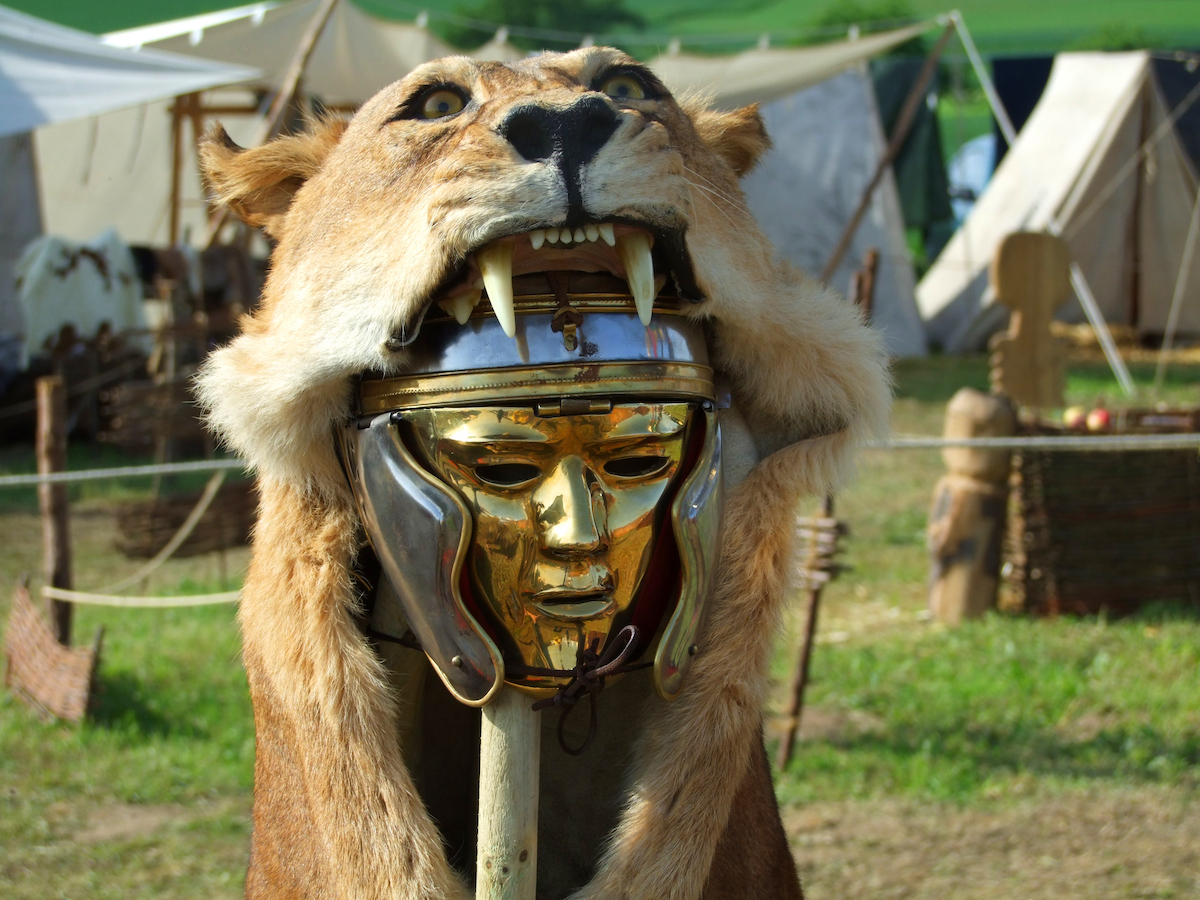
We want to close this article by challenging that point of view.
In both scenarios, the animal is still dead, and in both scenarios, the locals still benefit from the food.
Yet only the latter scenario provides economic benefits for locals to protect wild animals.
What is I Am Hunter?
I Am Hunter wants to change the way hunting is perceived and to change the conversation from a negative one driven by anti-hunters to a positive one led by hunters.
Our goal is to help hunters become positive role models and ambassadors for hunting, while simultaneously helping non-hunters understand why hunting is important.
You can become a supporter and help us achieve our goal and spread a positive message about hunting with the wider community.
Related content
If you would like to know more about hunting in Tasmania, check out these related articles and podcasts.
Our other channels
Follow us on Facebook
Follow us on Instagram
YouTube
Subscribe to our YouTube channel.
Get our newsletter
Get our free monthly newsletter direct to your inbox
Listen on iTunes
Listen to our podcast on iTunes.
TV series
Watch I Am Hunter episodes on My Outdoor TV (MOTV)
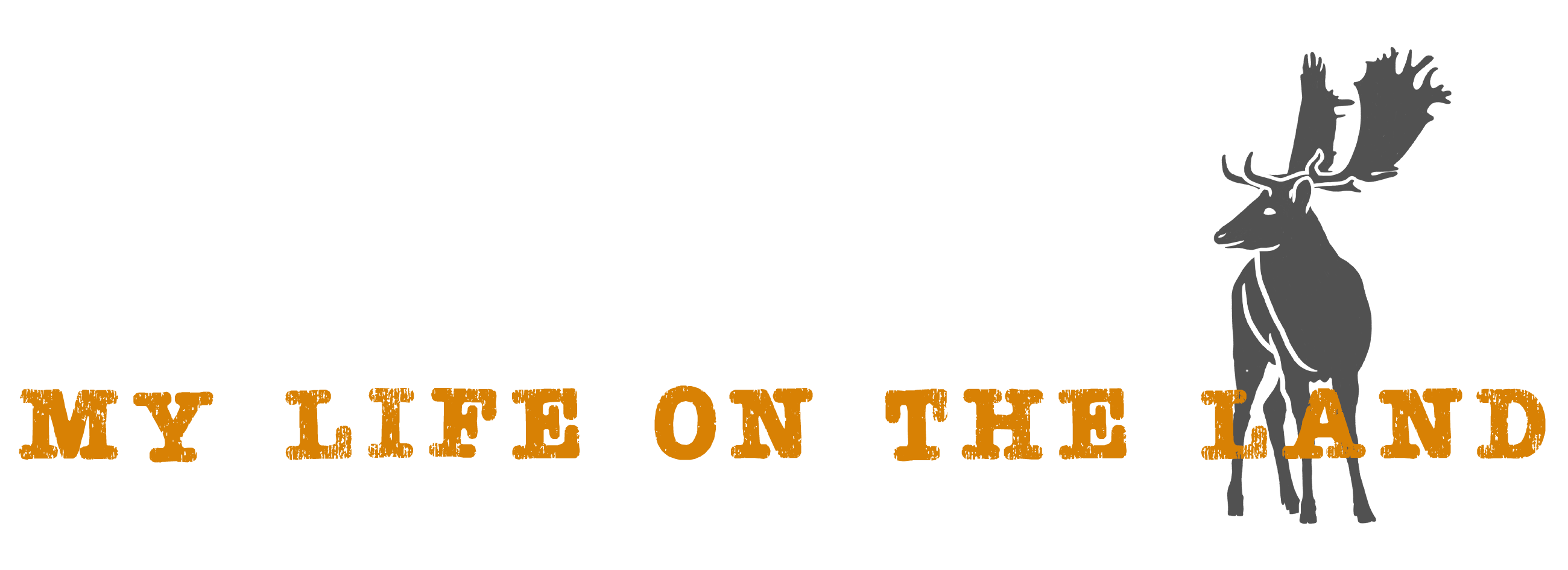
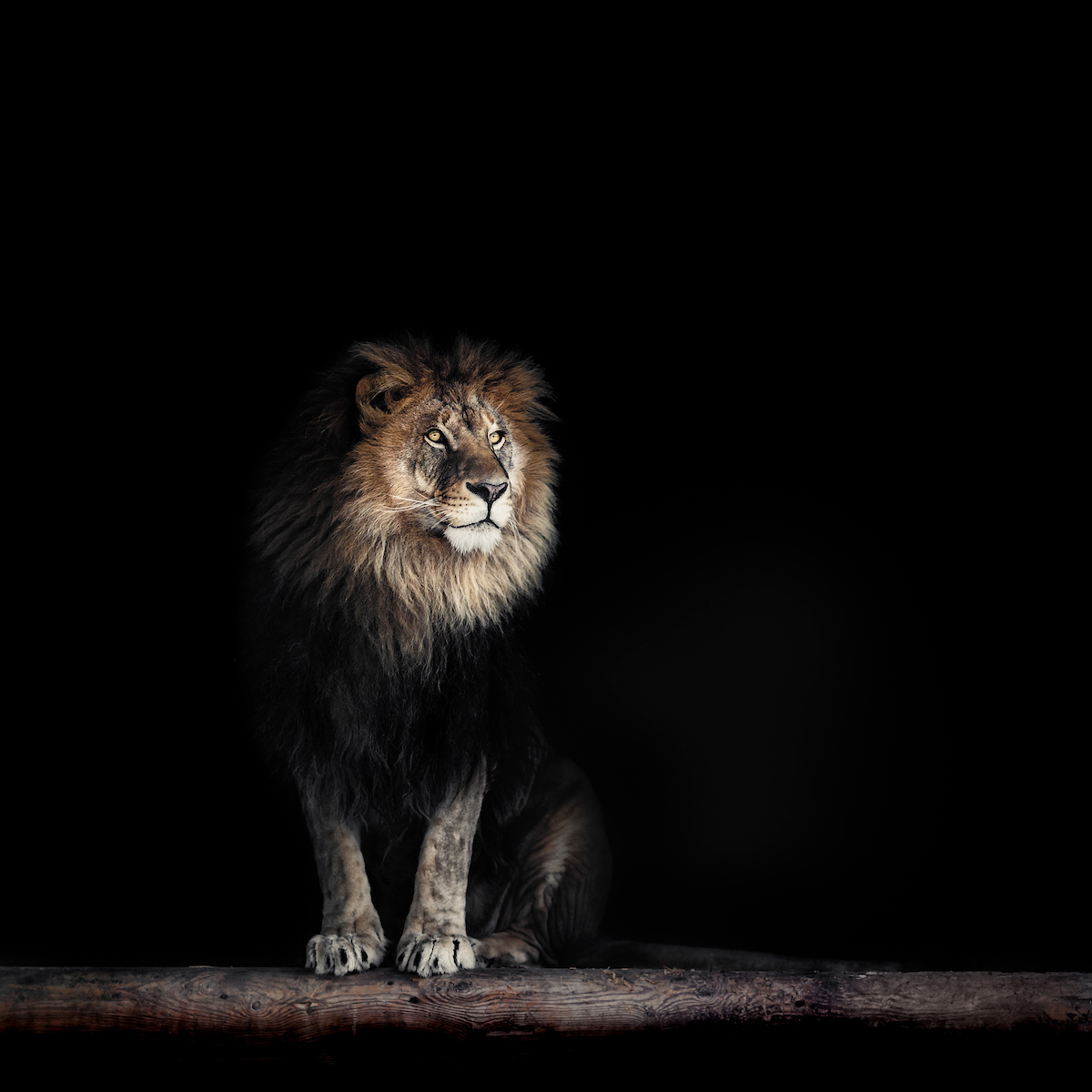


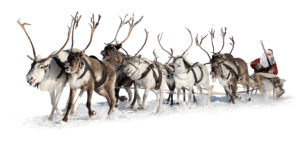
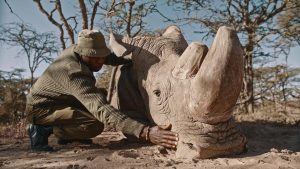
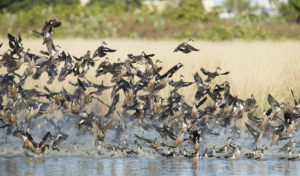
One thought on “Why Australians struggle with trophy hunting”